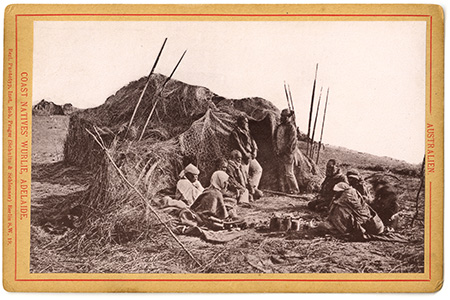An atlas of photographic processes
The Getty Conservation Institute has released a terrific resource for collectors and custodians of historic photographs.
The Atlas of Analytical Signatures of Photographic Processes is intended for practicing photograph conservators, curators, art historians, archivists, library professionals, and anyone responsible for the care of photograph collections. Its purpose is to aid in the formulation of analytical questions related to a particular photograph and to assist scientists unfamiliar with analysis of photographs when interpreting analytical data. The Atlas contains interpretation guides with identification of overlaps of spectral peaks and warnings of potential misidentification or misinterpretation of analytical results.
It’s published as a set of free pdf documents—an Introduction, plus separate chapters on the Albumen, Carbon, Collodion on paper, Collotype, Cyanotype, Halftone, Photogravure, Platinotype, Salt print, Silver gelatin, and Woodburytype processes—with the promise of more to come. Each of these chapters has an historical account of the development and use of the process, and a guide to identifying photographs made by that process. The identification methods include looking at the print with the naked eye (which I can do), low-magnification microscopy (which I can manage, sort of, with hand lens and scanning), and using XRF and ATR-FTIR spectometry (not possible for me, but interesting to read about).
I have followed the guidance of the Atlas and confirmed that a cabinet card in my collection is the product of the collotype process.
It’s a photo of a group of South Australian Aboriginal people gathered in front of a wurlie, a kind of bough shelter. I believe the photo was taken by Samuel White Sweet around 1878. Albumen prints of the image are held by the National Library and the National Gallery. I own three very different derivatives of this image—a wood engraving (from the Picturesque atlas of Australasia, 1886); a postcard reproduction of a painting (by the English publisher Raphael Tuck & Sons, after 1905); and the cabinet card shown below (now confirmed as a collotype).
